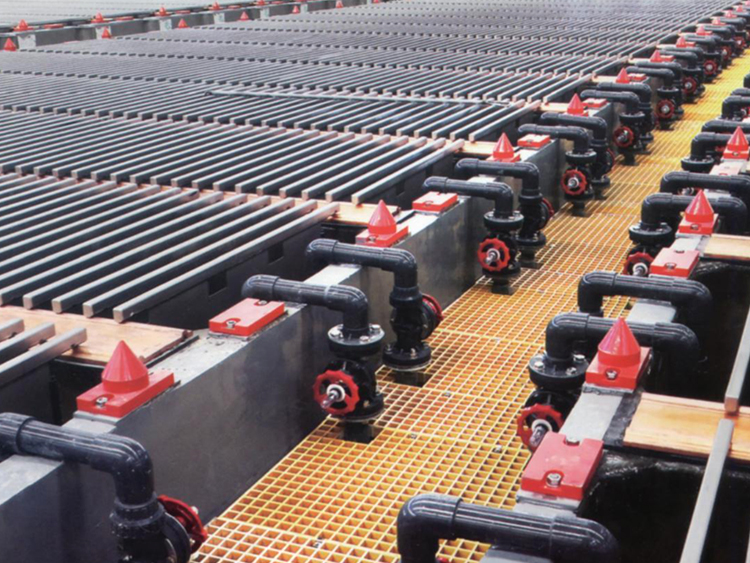The glass fiber reinforced plastic electrolytic cell consists of a tank body, an anode and a cathode. Most of them use a diaphragm to separate the anode chamber from the cathode chamber. According to the different electrolytes, they are divided into three categories: aqueous solution electrolytes, molten salt electrolytes and non-aqueous solution electrolytes. When direct current passes through the electrolytic cell, an oxidation reaction occurs at the interface between the anode and the solution, and a reduction reaction occurs at the interface between the cathode and the solution to prepare the desired product. Optimizing the design of the electrolytic cell structure and rationally selecting electrode and diaphragm materials are the key to improving current efficiency, reducing cell voltage, and saving energy consumption.

.jpg)


